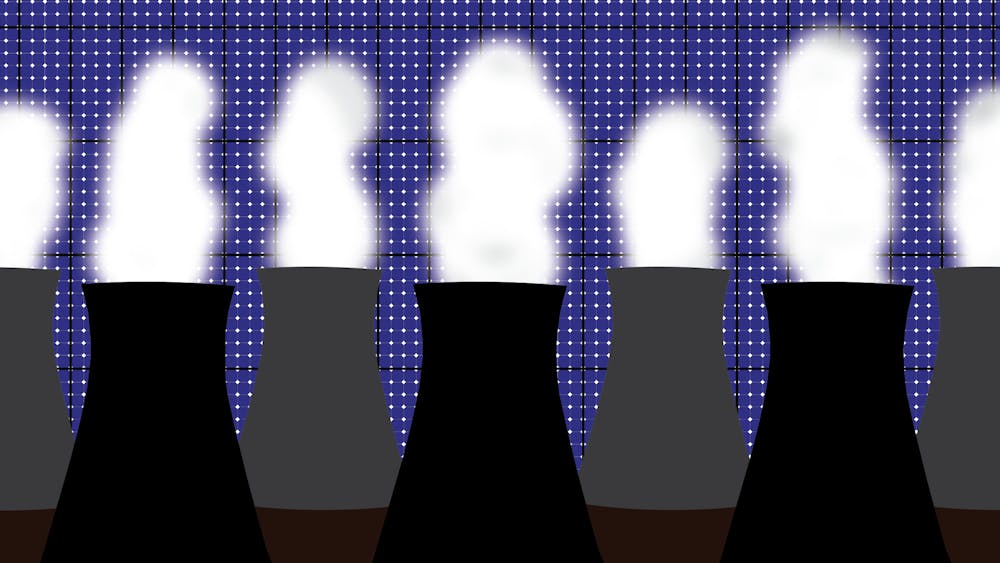
The Supreme Court of the United States recently issued its 6-3 opinion on West Virginia v. Environmental Protection Agency, a case that considered the statutory limitations imposed on the EPA by the Clean Air Act. The issue in question was whether, in 42 U.S.C. § 7411(d), a provision of the Clean Air Act, Congress prohibits the EPA from issuing rules and standards of performance that could reshape the country's electricity grids. According to SCOTUS, it is “not plausible” that Congress gave the EPA the authority to adopt on its own a nationwide regulatory scheme to cap carbon dioxide emissions at power plants. Such a decision now rests with Congress itself or an agency pursuant to its delegations.
My reaction to this ruling was to take a deep breath and learn about the “who”, the “what”, and the “how” of the decision. SCOTUS has essentially prevented the EPA, a congressionally authorized agency, from taking action to curb power plants’ carbon dioxide emissions and address the most pressing environmental challenge of our time. However, the fact of the matter is that the market will continue moving towards clean energy generation, transmission, and consumption, regardless of the effects this ruling might have.
The causes and effects of climate change are no longer clouded by serious doubt. Modern science has demonstrated that the anthropogenic emission of greenhouse gases like carbon dioxide has led to an increase in average global temperatures through time. This brings with it sea level rise, extreme and more frequent weather events, drought, ecosystem destruction, food production disruption, and other potentially catastrophic effects. Congress has given the EPA the duty of addressing these harms through the regulation of power plants, specifically those fired by coal and natural gas, which are responsible for about one quarter of the nation’s greenhouse gas emissions. Reducing that output is a crucial part in the mitigation of climate change.
Section 111 of the Clean Air Act directs the EPA to regulate stationary sources of any substance that contributes to air pollution and may endanger public health, such as carbon dioxide and other greenhouse gases. To carry this out, the EPA issued the Clean Power Plan rule in 2015. The EPA determined that the best system of emission reduction for existing coal and natural gas plants included measures of “generation shifting”, which describes a nation-wide shift in electricity generation to lower-carbon alternatives. In practice, this could mean utilizing natural gas instead of coal to generate power or replacing natural gas power plants with renewables such as wind and solar. SCOTUS obstructed the EPA’s effort from the beginning by staying its implementation. This, followed by the Trump administration’s repeal, led the Clean Power Plan to never come into effect. SCOTUS determined to pronounce on the legality of the Plan and issue an advisory opinion on the proper scope of the new rule the EPA is currently considering to enact.
The reason Congress makes such broad delegations is so an agency like the EPA can respond appropriately to new circumstances when they arise. Climate change is a developing issue that has led to novel developments in technology and policy. As such, the verbiage put forth by legislators in the Clean Air Act requires proper interpretation within the current energy paradigm. Generation shifting fits comfortably within the conventional meaning of a system of emission reduction, and there is no evidence in the statute that the Clean Power Plan conflicts with or undermines Congress’s design.
The statement that Congress would not have wanted the EPA to dictate, through generation shifting, the landscape of energy sources nationwide reflects a misunderstanding of how electricity markets actually work. Every regulation of power plants, taken individually or collectively, dictates the national energy landscape to some extent. Section 111 authorizes the EPA to develop the Clean Power Plan and to decide that generation shifting is the best system of emission reduction for power plants churning out carbon dioxide.
Essentially, SCOTUS reviewed a case about a plan formed two presidents ago which was never applied and would never have been enforced since the Biden administration began a new rulemaking process. Even though the statute clearly directs the EPA to determine the best solution for the emissions problem, the ruling contradicts this by stating that the legislative branch could not have thought of such “big picture” issues at the time. But there is still hope. Firstly, SCOTUS did not manage to strip all of the EPA’s authority to regulate climate change mitigation. The EPA still has the tools necessary to regulate carbon dioxide pollution. Secondly, regardless of the little progress made at the federal level, state governments and lawyers will continue to work on transitioning society to cleaner ways of generating, transmitting, and consuming power.
The clean energy transition is already happening and is without a doubt unstoppable. It is driven by pure economics and prudent state and local policies. The market is moving toward clean energy regardless of what happens with this decision. SCOTUS may try to hinder this transition, but its decision does not change the fact that renewable energy sources are getting cheaper, storage capabilities are increasing, and innovative technologies keep emerging to curb greenhouse gas emissions.
SEAN DERESH is a rising College and Engineering senior in the Vagelos Integrated Program in Energy Research. His email is sderesh@sas.upenn.edu.
The Daily Pennsylvanian is an independent, student-run newspaper. Please consider making a donation to support the coverage that shapes the University. Your generosity ensures a future of strong journalism at Penn.
Donate



